Home>Dining>Events & Etiquette>Why Do We Need Table Etiquette?
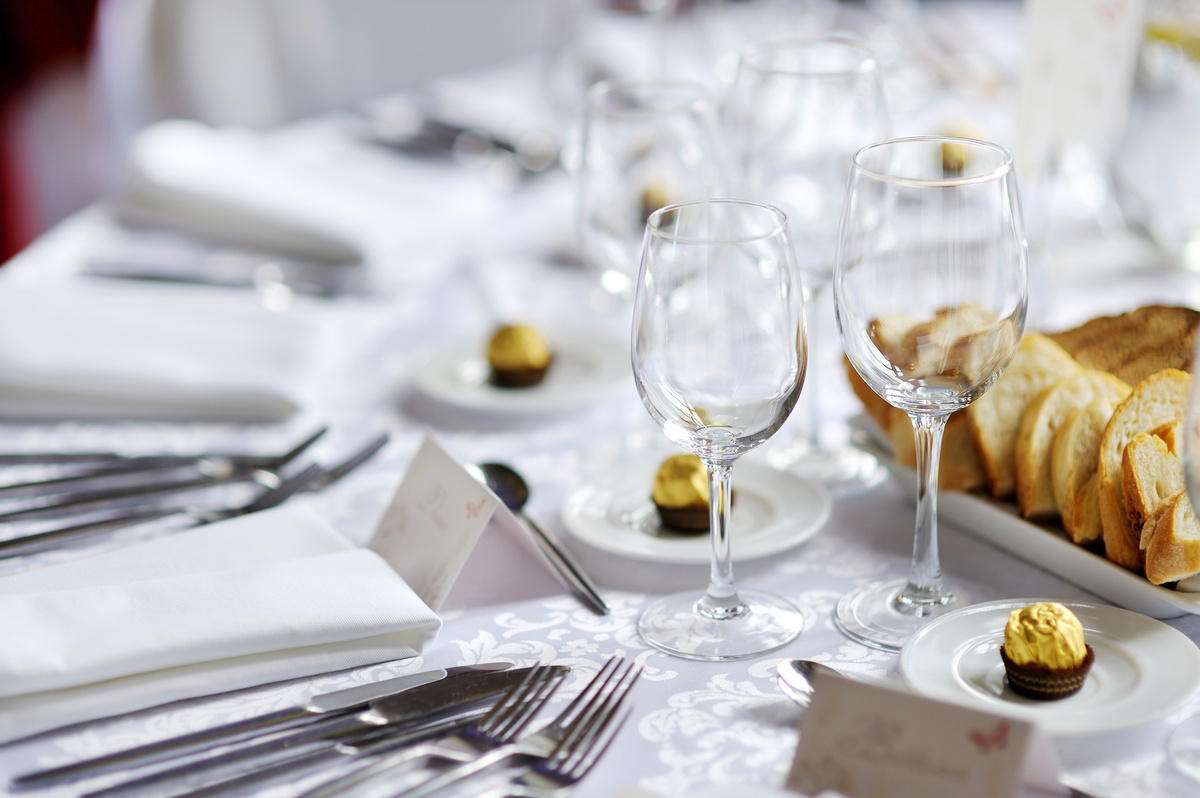

Events & Etiquette
Why Do We Need Table Etiquette?
Modified: January 4, 2024
Discover the importance of table etiquette and how it enhances the overall experience at events. Learn the significance of events etiquette and its impact on social interactions.
(Many of the links in this article redirect to a specific reviewed product. Your purchase of these products through affiliate links helps to generate commission for Storables.com, at no extra cost. Learn more)
Introduction
Table etiquette, also known as dining etiquette, refers to a set of guidelines and norms for behavior while dining. It encompasses everything from how to properly use utensils to engaging in polite conversation. While some may dismiss table etiquette as old-fashioned or unnecessary, it actually plays a crucial role in social interactions and enhancing the dining experience.
In today’s fast-paced world, where meals are often rushed and casual, the importance of table etiquette might seem diminished. However, it is important to understand that table etiquette is more than just following a set of rules; it is a reflection of one’s manners, respect for others, and consideration for the dining environment.
So, why do we need table etiquette? Let’s explore the reasons that make it an essential aspect of our social interactions and dining experiences.
Key Takeaways:
- Table etiquette creates a positive impression, promotes social harmony, and enhances the dining experience by showcasing respect, consideration, and mindfulness in personal and professional settings.
- Practicing table etiquette fosters a refined and enjoyable dining atmosphere, allowing for meaningful connections, harmonious interactions, and memorable shared experiences.
Read more: Why Do We Need Wireless Security?
Importance of Table Etiquette
Table etiquette serves a variety of important purposes in our personal and professional lives. It goes beyond mere rules and conventions, helping us create a positive impression, promote social harmony, and enhance the overall dining experience.
1. Creating a Positive Impression
Table etiquette is often the first impression we make when dining with others. Whether it’s a business lunch or a social gathering, displaying good table manners can make a lasting impression on our companions. It conveys a sense of respect, sophistication, and attentiveness, which can greatly influence how we are perceived by others.
Think about it – would you want to engage in a serious business deal with someone who slurps their soup or talks with their mouth full? Proper table etiquette demonstrates our ability to conduct ourselves with grace and professionalism in any situation.
2. Promoting Social Harmony
Table etiquette sets the foundation for smooth and harmonious social interactions during mealtime. By following basic rules of conduct, we show respect for others’ personal space, preferences, and comfort. It helps prevent awkward situations, misunderstandings, and conflicts that may arise from improper behavior or lack of consideration.
Imagine sitting at a dinner table with friends or family, where everyone is talking loudly, interrupting each other, or using their phones. It can be a chaotic and unpleasant experience. By practicing proper table etiquette, such as taking turns speaking, actively listening, and turning off electronic devices, we contribute to a more enjoyable and meaningful mealtime experience.
3. Enhancing the Dining Experience
Table etiquette also plays a significant role in enhancing the overall dining experience. It enables us to fully appreciate the food, ambiance, and company without distractions or disruptions. When we focus on proper table manners, we can savor each bite, engage in meaningful conversations, and enjoy the atmosphere around us.
Moreover, adhering to table etiquette helps maintain cleanliness and orderliness during meals. It ensures that we are considerate of others’ dining experiences by not engaging in behaviors that may create a mess or hinder their enjoyment.
Ultimately, table etiquette helps transform a simple meal into a memorable experience, where the emphasis is not only on the food but also on the ambiance, connection with others, and the overall enjoyment of the dining occasion.
Creating a Positive Impression
When it comes to social interactions, first impressions matter, and this is no different when it comes to dining. Table etiquette plays a crucial role in creating a positive impression on those around us. By displaying good manners, we convey a sense of respect, refinement, and consideration for others.
One of the key elements of table etiquette is proper posture and body language. Sitting up straight with relaxed shoulders sends a confident and respectful signal to those around us. It shows that we are attentive and engaged in the dining experience.
In addition to our physical presence, the way we handle our utensils is another aspect of creating a positive impression. Using utensils with ease and confidence showcases our familiarity with proper dining practices. It demonstrates our ability to navigate a formal or professional dining setting with grace and poise.
Table etiquette also extends to our table manners and how we engage in conversation. Using polite language, listening attentively, and speaking at an appropriate volume all contribute to creating a positive impression. People feel more comfortable around individuals who exude friendliness, respect, and genuine interest in others.
Moreover, displaying good table etiquette showcases our awareness of social norms and cultural customs. This level of cultural competence is essential in today’s globalized world, where we frequently interact with people from different backgrounds and traditions.
Furthermore, creating a positive impression through table etiquette goes beyond just personal interactions. It can impact our professional reputation as well. Business lunches, networking events, and formal dinners often require adherence to specific dining protocols. By displaying proper table manners and understanding these protocols, we establish ourselves as professionals who are capable of conducting business in diverse social settings.
Creating a positive impression through table etiquette is not about being rigid or overly formal. It is about demonstrating respect and consideration for others while navigating the dining experience with confidence and ease. When we make a positive impression, we set the stage for meaningful and harmonious social interactions, both personally and professionally.
Promoting Social Harmony
Social harmony is the cornerstone of any successful gathering, and table etiquette plays a vital role in promoting it during mealtime. By adhering to proper dining behavior and following basic rules of etiquette, we contribute to a harmonious and enjoyable atmosphere for all participants.
One of the key aspects of promoting social harmony through table etiquette is respecting personal boundaries. This includes being mindful of personal space and avoiding behaviors that may invade or disrupt the comfort of others at the table. By keeping a comfortable distance and being aware of our actions, we help create an environment where everyone feels respected and at ease.
In addition to physical boundaries, table etiquette also involves respecting conversational boundaries. Engaging in polite conversation and actively listening to others demonstrates our consideration for their thoughts and opinions. By avoiding controversial topics or dominating the discussion, we allow for a balanced and respectful exchange of ideas.
Furthermore, table etiquette encourages inclusivity and ensures that everyone feels valued and included in the conversation. This means being mindful of speaking in a clear and audible manner, allowing others to participate, and avoiding excluding anyone from the discussion. By promoting equal participation and respectful communication, social harmony is fostered.
Table etiquette also helps prevent misunderstandings and conflicts that can arise from improper behavior. Simple acts like not interrupting others while they are talking, refraining from offensive language or comments, and using polite language all contribute to maintaining a harmonious atmosphere during meals. When everyone is mindful of their words and actions, miscommunication and potential conflicts are less likely to occur.
Moreover, practicing table etiquette cultivates a sense of unity and camaraderie among diners. When we all follow the same guidelines and behave in a respectful and considerate manner, a sense of cohesion is established. This collective adherence to proper dining behavior can foster a positive and welcoming environment where individuals feel comfortable and connected.
Ultimately, promoting social harmony through table etiquette is about creating an inclusive and respectful atmosphere where everyone feels valued and heard. It paves the way for meaningful connections, enjoyable interactions, and memorable shared experiences.
Enhancing Dining Experience
The dining experience is not merely about satisfying hunger; it is an opportunity to indulge in the pleasure of flavors, engage in conversation, and enjoy the company of others. Table etiquette plays a significant role in enhancing this experience, making it more enjoyable, meaningful, and memorable.
One way in which table etiquette enhances the dining experience is by allowing us to fully appreciate the delicious food in front of us. By using proper utensils, chewing with our mouths closed, and savoring each bite, we heighten our sensory experience. These practices enable us to take in the flavors, textures, and aromas of the meal, enhancing our overall enjoyment.
Additionally, table etiquette encourages mindful eating, focusing not only on what we eat but also on how we eat. It promotes slower, more deliberate eating and encourages us to pay attention to portion sizes and our body’s cues of hunger and satiety. This mindfulness allows us to savor the culinary experience and promotes better digestion.
Table etiquette also enhances the dining experience by facilitating engaging and meaningful conversations. When everyone at the table follows proper etiquette, it encourages active listening, respectful exchanges, and balanced participation in the discussion. This creates an environment where conversations flow smoothly, ideas are shared, and relationships are strengthened.
Furthermore, table etiquette helps maintain a pleasant and orderly dining environment. By avoiding loud conversations, excessive noise, or distracting behaviors, we contribute to the ambiance of the dining space. This allows others to enjoy their meals without unnecessary disturbances and creates a more serene and enjoyable atmosphere for everyone.
In formal or professional settings, table etiquette lends an air of sophistication and enhances the overall ambiance. Adhering to proper dining practices, such as using the correct utensils, knowing how to navigate a multi-course meal, and following the lead of the host, demonstrates our familiarity with the protocols of fine dining. This attention to detail elevates the overall experience, making it more refined and polished.
Moreover, practicing table etiquette promotes cleanliness and orderliness during meals. By using napkins appropriately, avoiding slouching or leaning on the table, and not reaching over others’ plates, we contribute to a clean and organized dining area. This consideration for cleanliness ensures a pleasant dining experience for all and reflects our respect for the dining environment.
Overall, table etiquette enhances the dining experience by allowing us to fully immerse ourselves in the pleasure of the meal, engage in meaningful conversations, and create a pleasant and welcoming atmosphere. By paying attention to the finer points of dining etiquette, we elevate the experience from a simple act of nourishment to a memorable and enjoyable occasion.
Basic Table Etiquette Rules
To navigate the dining experience with grace and courtesy, it is important to familiarize ourselves with some basic table etiquette rules. While customs may vary depending on the setting and cultural norms, here are some fundamental guidelines to follow:
- Arrive on time: It is considered good manners to arrive on time for a dining event. Being punctual demonstrates respect for the host and the other guests.
- Napkin etiquette: Place your napkin on your lap as soon as you sit down. Use it to gently dab your mouth, and never use it to wipe your face or blow your nose.
- Utensil usage: Start from the outside and work your way in when using utensils. Forks are generally placed on the left side, and spoons and knives on the right. When you’re finished with a course, place your utensils in the resting position on the plate.
- Chew with your mouth closed: Avoid talking or chewing with your mouth open. This helps maintain good table manners and prevents any potential discomfort for those around you.
- Engage in polite conversation: Be mindful of the topic of conversation and ensure that it is appropriate for the dining setting. Avoid controversial or sensitive topics that may cause discomfort or tension.
- Wait for everyone to be served: Begin eating only after everyone at the table has been served, unless the host indicates otherwise. This shows consideration for others and avoids creating an awkward dining atmosphere.
- Use appropriate table language: Politely request items to be passed to you rather than stretching across other diners. Say “please” and “thank you” when requesting or receiving items from others.
- Respect dietary restrictions and preferences: If you have specific dietary restrictions or preferences, inform the host in advance. Do not make a fuss about it during the meal and avoid drawing unnecessary attention to yourself.
- Be mindful of your cellphone usage: Keep your cellphone on silent or vibrate mode during meals. Avoid using your phone unless it is necessary for an important call or for a specific and time-sensitive reason.
- Show appreciation: When you have finished eating, express gratitude to the host or the person who prepared the meal. A simple thank you or compliment is a polite way to show your appreciation.
These basic table etiquette rules serve as a foundation for navigating the dining experience with politeness and respect. By following these guidelines, we create an environment that is conducive to enjoyable and harmonious mealtime interactions.
Read more: Why Do We Do Easter Baskets
Proper Use of Utensils
Understanding the proper use of utensils is an essential aspect of table etiquette. Knowing how to navigate a formal place setting and use the appropriate utensils can help you feel more confident and comfortable during meals. Here are some guidelines for proper utensil usage:
1. Start with the outermost utensils: In a formal place setting, the utensils are typically arranged in the order they will be used. Begin with the outermost utensils and work your way in as each course is served.
2. Forks: Forks are generally placed on the left side of the place setting. Use your fork to pick up food, and hold it with your index finger and thumb with your other fingers resting on the handle. When cutting food, hold the food down with the fork in your left hand, and use the knife in your right hand.
3. Knives: Knives are placed on the right side of the place setting. Hold the knife with your index finger and thumb on the handle and your other fingers wrapped around the handle for stability. Use the knife to cut food into bite-sized pieces.
4. Spoons: Spoons are also placed on the right side of the place setting, usually to the right of the knife. Hold the spoon in your dominant hand and use it for eating soups, desserts, or other dishes that require a spoon.
5. Bread and butter knife: A small knife specifically for spreading butter or other spreads is often placed above the plate or to the left of the place setting. Use it to butter your bread or rolls, but avoid using it for anything else on the table.
6. Salad utensils: If a salad is served, you may find a separate salad fork and knife. The fork will be smaller and often have a slightly curved shape. The knife is used for cutting larger pieces of salad if necessary.
7. Dessert utensils: Dessert utensils, such as a fork or spoon, may be placed above the plate or brought out with the dessert course. Use the appropriate utensil for the type of dessert you are enjoying.
8. Resting position: When you are not actively using your utensils, place them in the resting position on your plate. The knife should be placed with the blade facing inward, and the fork should be placed with the tines facing upward.
Remember that if you are unsure about which utensil to use or how to use it, observe the host or follow the lead of others at the table. When in doubt, start from the outside and work your way in.
Proper use of utensils not only allows you to navigate a formal dining setting with confidence but also shows your respect for the dining experience and your appreciation for the food being served. By using utensils correctly, you can fully enjoy your meal while embodying the grace and sophistication of proper dining etiquette.
When dining at a formal setting, always start with the outermost utensils and work your way in towards the plate. This will help you navigate the table setting with ease and confidence.
Napkin Etiquette
Napkin etiquette is an important aspect of table manners that demonstrates our awareness and consideration for proper dining etiquette. Knowing how to handle and use a napkin appropriately contributes to a more refined and enjoyable dining experience. Here are some guidelines for napkin etiquette:
1. Placement: As soon as you are seated at the table, unfold your napkin and place it on your lap. The fold should be facing towards you, and the open end should be tucked just below the waistline.
2. Purpose: The primary purpose of a napkin is to keep your mouth and hands clean during the meal. Use the napkin to gently dab your mouth when necessary. It is not intended for wiping your face or blowing your nose.
3. Timing: Use your napkin as needed throughout the meal, but avoid constantly wiping your mouth or making excessive use of it. Only use it when necessary, such as after taking a drink or when some food remains on your mouth.
4. Neatness: When using the napkin, gently dab your mouth instead of wiping or scrubbing. This helps to maintain a neat appearance and avoid the risk of staining the napkin or your clothing.
5. Placement during the meal: If you need to leave the table temporarily during the meal, place your napkin loosely folded to the left or right side of your plate. This signals to the server that you have not finished your meal and will be returning.
6. Placement at the end of the meal: Once you have finished eating, loosely fold your napkin and place it to the left of your plate. This signifies to the server that you have completed your meal.
7. Avoid using the napkin as a signal: It is considered impolite to use the napkin to signal to the server that you have finished or to ask for the bill. Instead, make eye contact with the server or politely ask for assistance when needed.
8. Replacing the napkin: In some formal dining situations, if you leave the table temporarily, your napkin may be refolded and placed back on your chair. This is a signal to the server that you intend to return.
Remember, napkin etiquette is all about maintaining a clean appearance and showing respect for the dining experience. By following these guidelines, you can navigate the proper use of a napkin gracefully and contribute to a refined and enjoyable dining atmosphere.
Polite Conversation at the Table
Engaging in polite conversation at the table is an essential aspect of good table etiquette. It not only enhances the dining experience but also fosters a pleasant and harmonious atmosphere for all participants. Here are some guidelines for maintaining polite conversation during meals:
1. Be present: When dining with others, make an effort to be fully present and engaged in the conversation. Avoid being distracted by your phone or other devices. Give your full attention to those around you and actively participate in the discussion.
2. Avoid controversial topics: Table conversation should be inclusive and pleasant for everyone. Avoid discussing sensitive or controversial topics that may lead to disagreements or create tension. Instead, focus on light-hearted and enjoyable topics that can help foster a positive atmosphere.
3. Practice active listening: Show genuine interest in what others are saying by actively listening and responding appropriately. Maintain eye contact with the speaker, nod to show understanding, and ask questions to demonstrate your engagement in the conversation.
4. Balance the conversation: Ensure that everyone at the table has an opportunity to participate in the conversation. Avoid monopolizing the discussion or interrupting others. Allow each person to express their opinions and thoughts without interruption.
5. Use appropriate language and tone: Use polite and respectful language during the conversation. Avoid using offensive or vulgar language that may make others uncomfortable. Be mindful of your tone and avoid speaking too loudly or aggressively.
6. Be mindful of cultural differences: If dining with individuals from different cultural backgrounds, be respectful and sensitive to their customs and traditions. Avoid making assumptions or generalizations about their culture, and be open to learning and engaging in a meaningful exchange of ideas.
7. Respect personal boundaries: While engaging in conversation, be mindful of personal space and avoid invading others’ personal boundaries. Refrain from leaning across the table or touching fellow diners inappropriately.
8. Maintain a positive attitude: Keep the conversation light-hearted and positive, focusing on topics that bring joy and laughter. Avoid complaining or speaking negatively about others or situations, as this can dampen the mood and create an uncomfortable atmosphere.
Remember, polite conversation at the table contributes to a more enjoyable and memorable dining experience. It fosters connections, promotes harmony, and allows for meaningful exchanges. By practicing good conversation etiquette, you can create a welcoming and pleasant atmosphere for all participants.
Conclusion
Table etiquette is not simply a set of rigid rules, but rather a reflection of our manners, respect for others, and consideration for the dining environment. It plays a crucial role in creating a positive impression, promoting social harmony, and enhancing the overall dining experience.
By practicing table etiquette, such as following basic rules, using utensils correctly, and engaging in polite conversation, we create a positive impression on those around us. This helps us establish ourselves as individuals who possess grace, professionalism, and respect for others – qualities that are highly valued in personal and professional settings.
Moreover, table etiquette promotes social harmony by ensuring that everyone at the table feels respected and included. It encourages us to be mindful of personal boundaries, engage in polite conversation, and prevent misunderstandings or conflicts that may arise from improper behavior.
Furthermore, table etiquette enhances the dining experience itself. It allows us to fully appreciate the flavors, engage in meaningful conversations, and create a pleasant and orderly dining environment. By practicing mindfulness, using utensils properly, and showing gratitude for the meal and the company, we elevate the dining experience from a simple act of nourishment to a memorable and enjoyable occasion.
In conclusion, table etiquette is not an outdated formality, but rather an essential aspect of our interactions and experiences. By adhering to table etiquette, we show respect for ourselves, for others, and for the act of dining itself. It is through practicing these customs that we can create a more refined, enjoyable, and harmonious dining atmosphere for everyone involved.
Frequently Asked Questions about Why Do We Need Table Etiquette?
Was this page helpful?
At Storables.com, we guarantee accurate and reliable information. Our content, validated by Expert Board Contributors, is crafted following stringent Editorial Policies. We're committed to providing you with well-researched, expert-backed insights for all your informational needs.
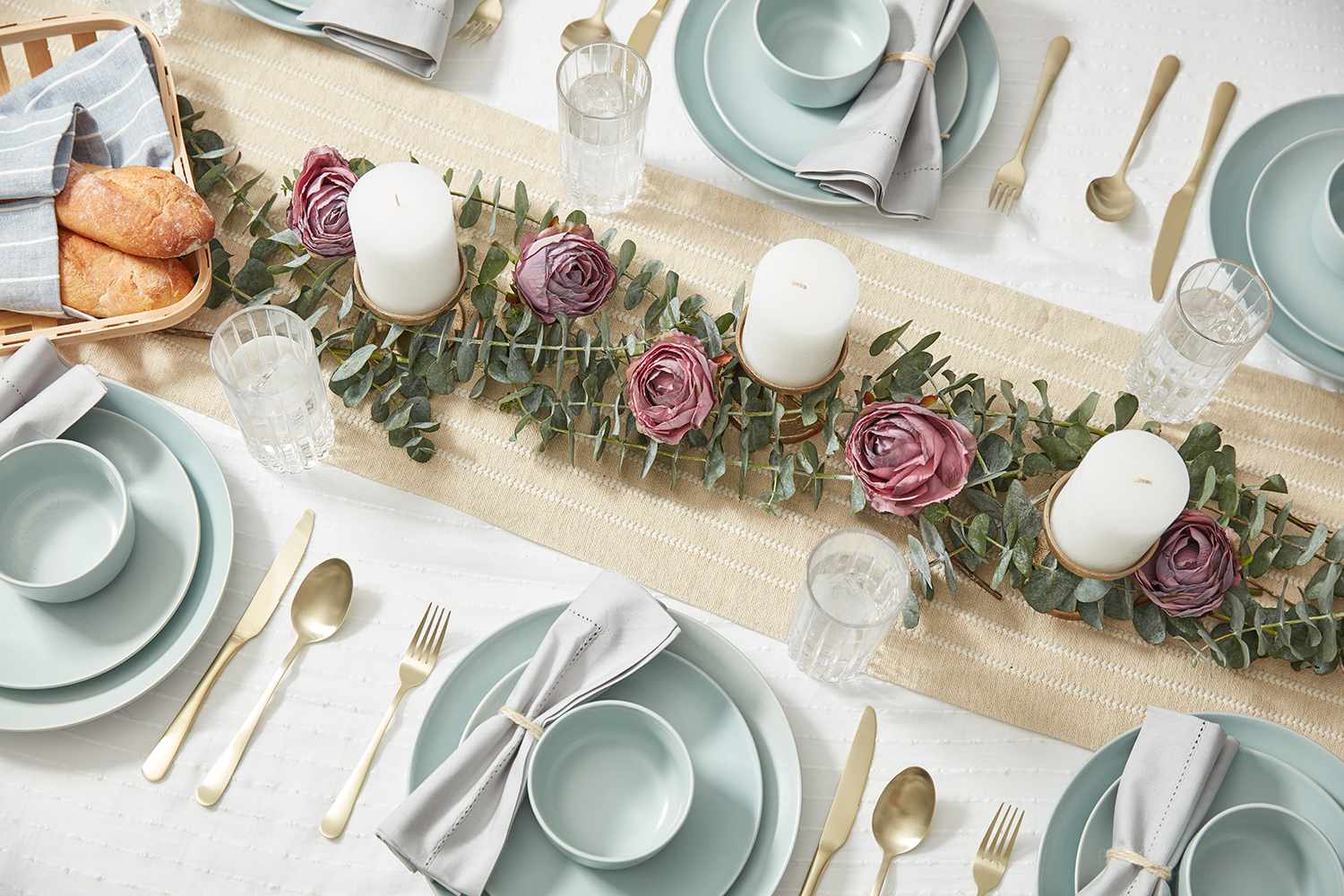
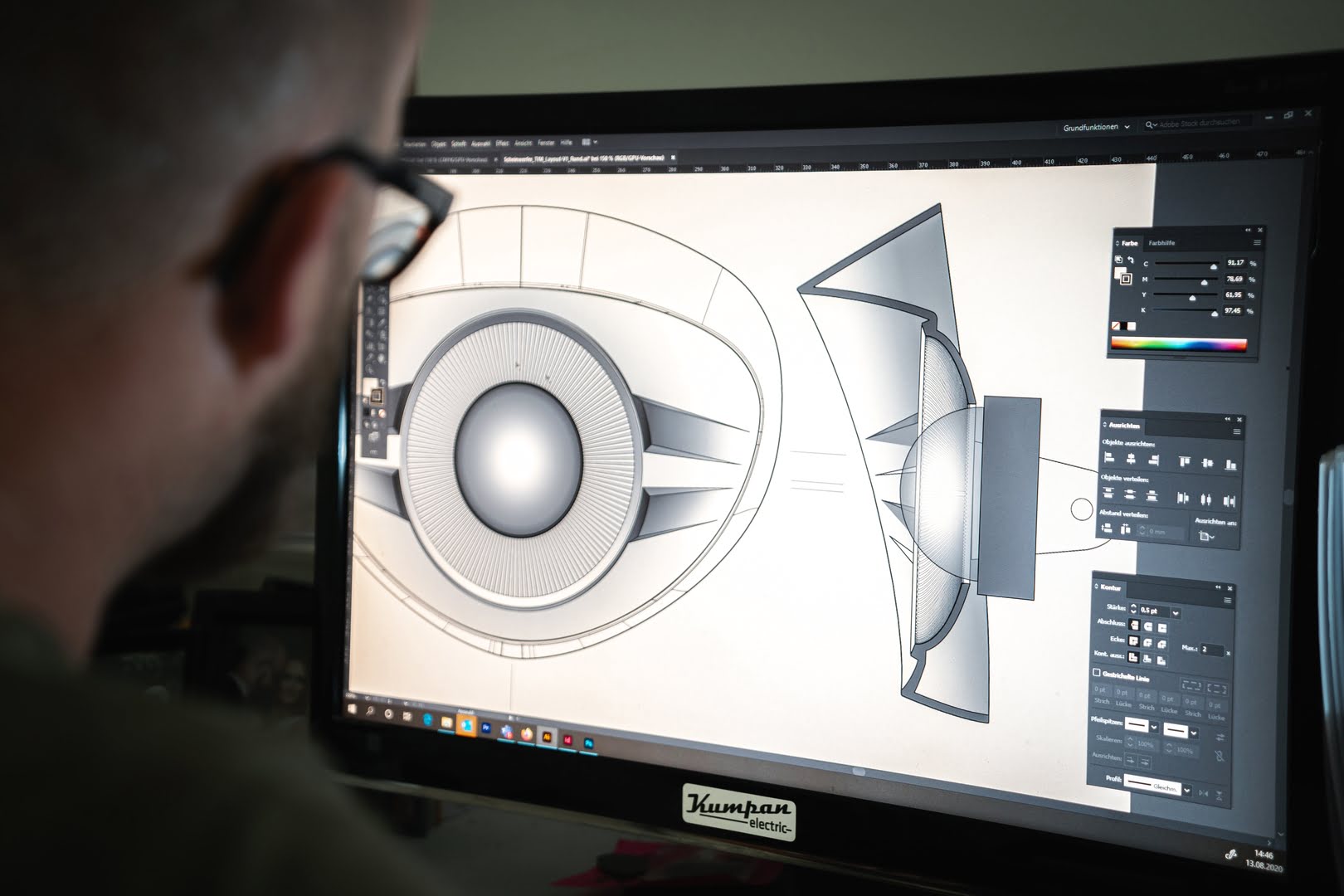
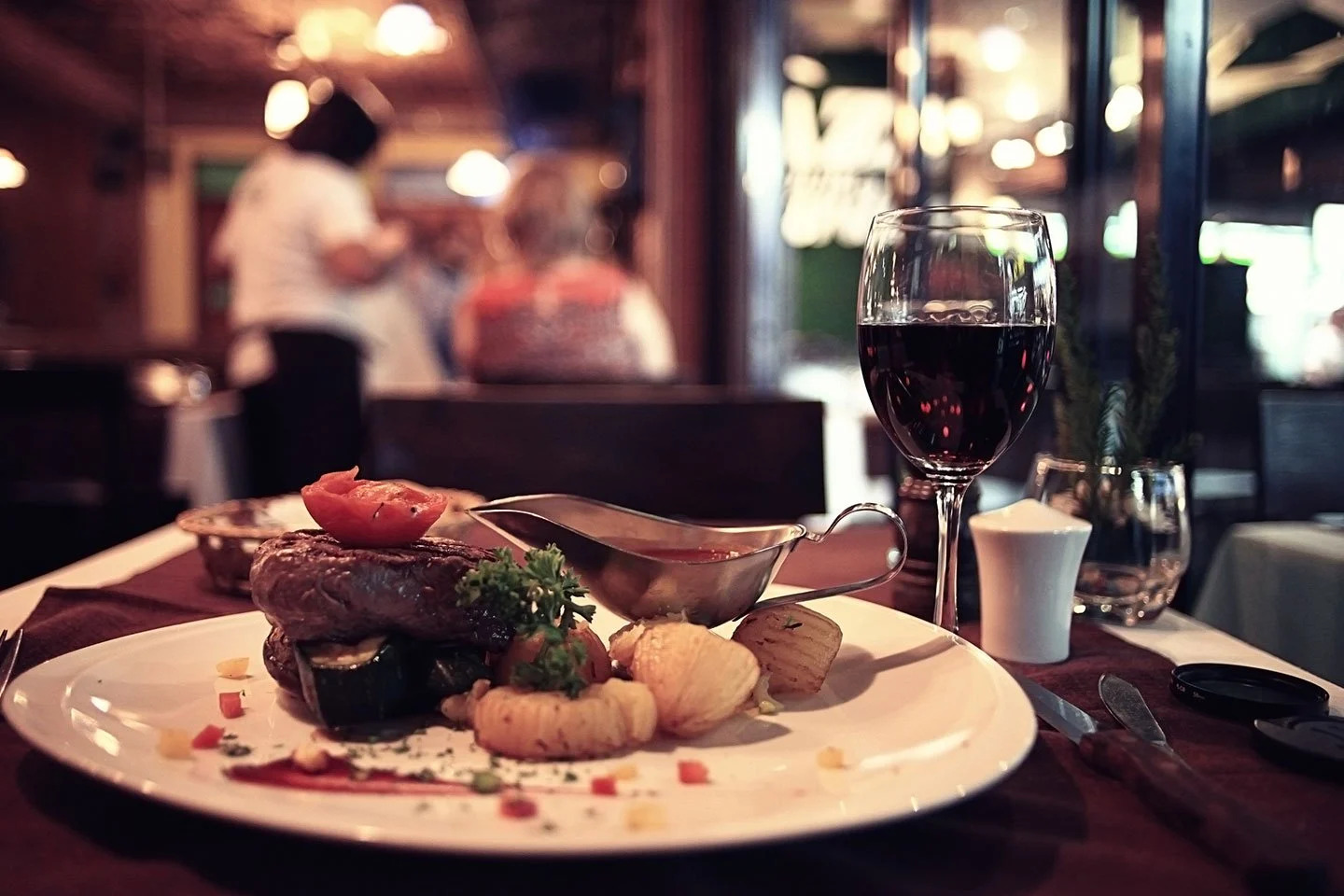

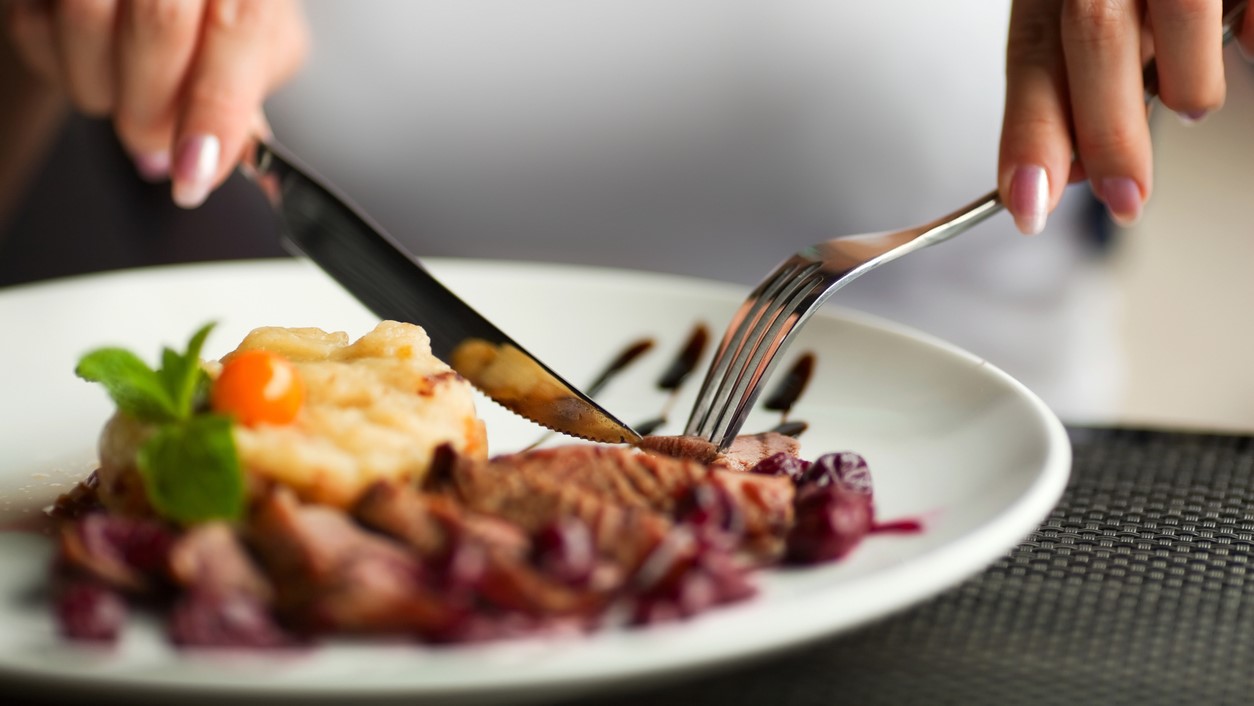




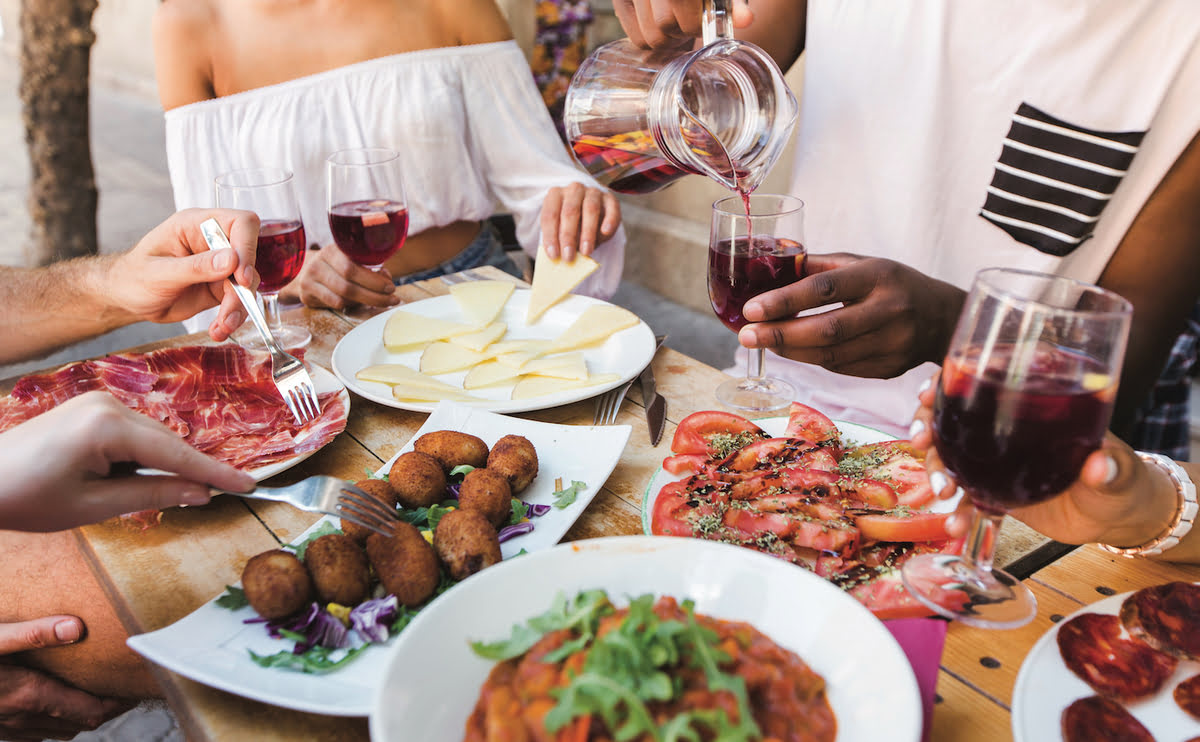
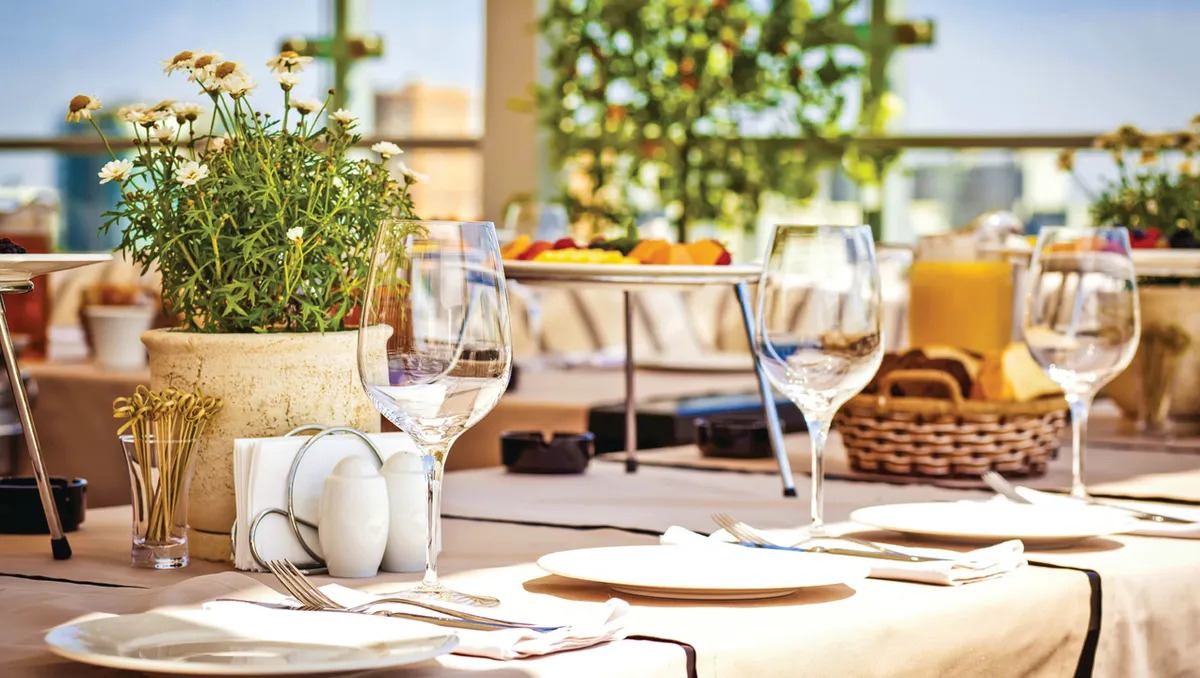
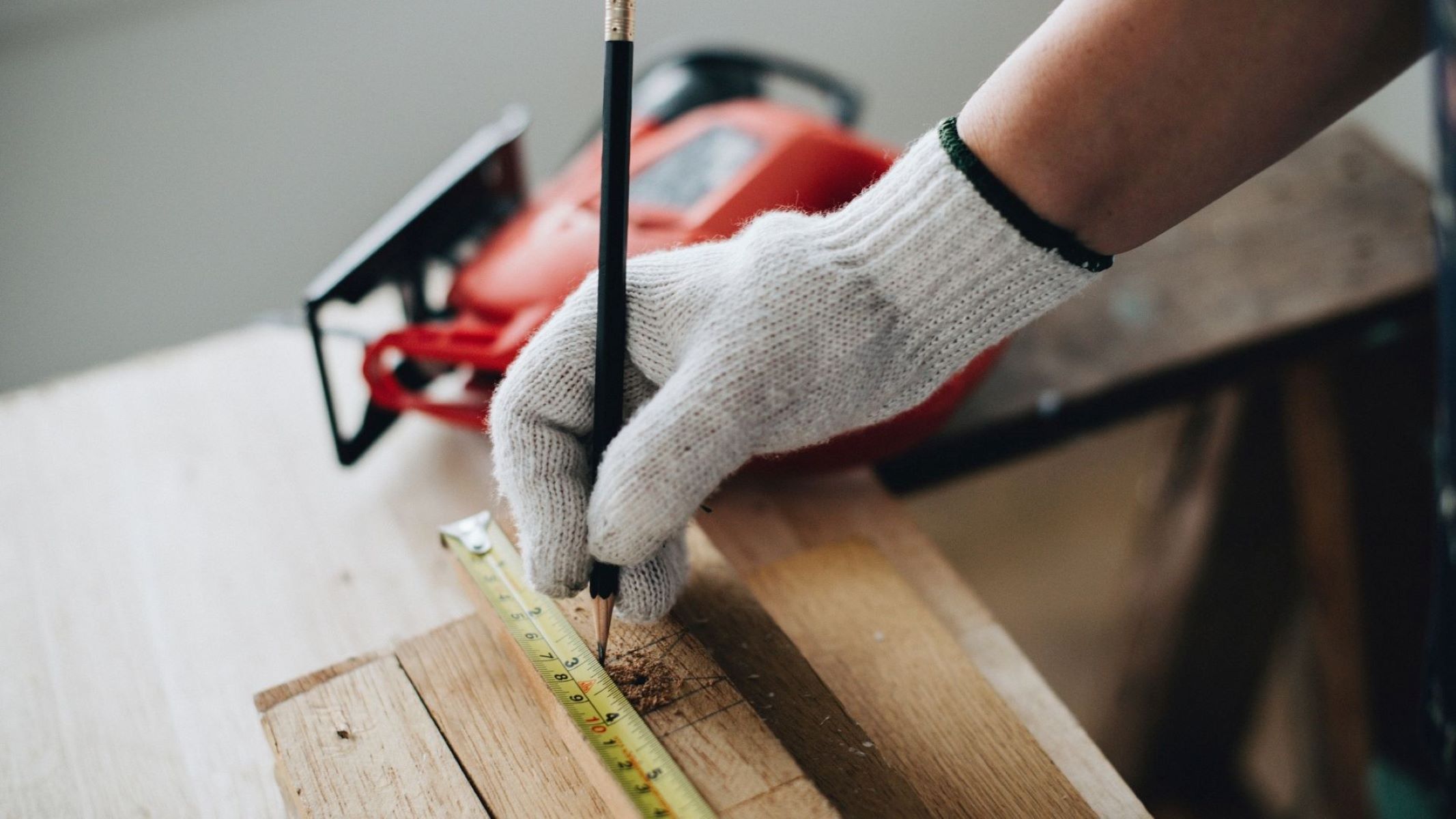
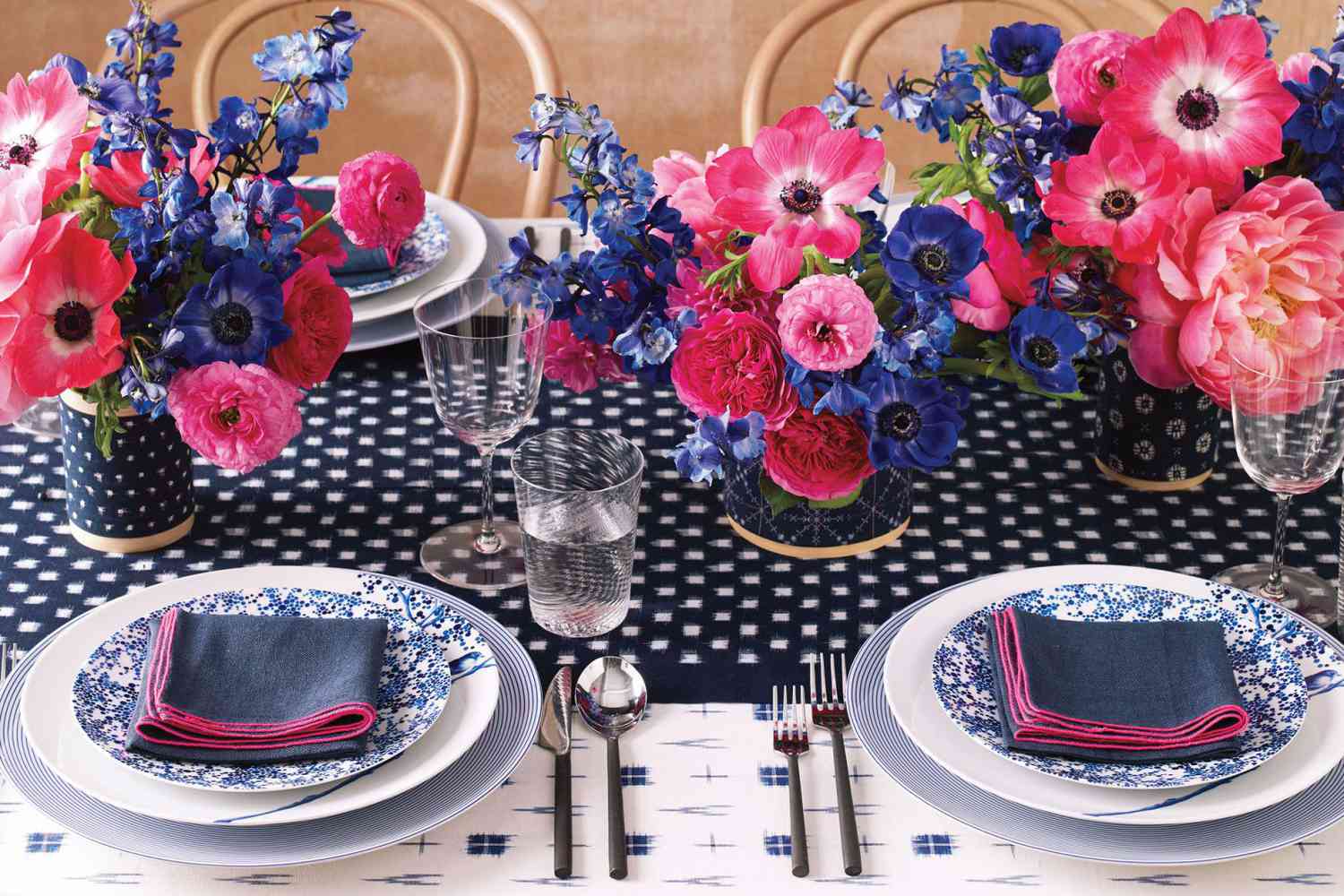

0 thoughts on “Why Do We Need Table Etiquette?”